No doubt several of you are wondering if the lure of a place called Mojo led to the end of my journey. Sadly the place does not live up to its name and I was happy enough to continue on to Addis in the early hours of the following morning. We left the hotel at 6am. This was the time set by the dean and this time he meant it. He had a meeting to get to!
Addis was but a staging point and that very same day I headed to the Selam bus office to book the bus to Mekele – preferably for the next day. The office was crowded and it quickly became clear from the enquiries of others that there would be no chance to take the bus to Mekele until Sunday. Staying in Addis the extra time would significantly impact of my great travel plans for the North of Ethiopia. I quickly switched plan B. My intent was to do a loop around the north so the logical thing was to go clockwise instead of anti-clockwise. Switching to the company’s back office where suitable buses could be found I was able to get leaving Thursday. It meant an extra day in Addis, but was preferable to waiting until Sunday. This wasn’t the only bonus it also allowed for a delightful trip up to Entoto, one of the hills surrounding Addis with one of the people from the VSO office.
The bus journey to Bahir Dar, the new first stop of my circuit, was not for the faint hearted. At places the road dropped away with no barrier to stop an out of control bus and indeed we passed at least one bus that had taken a short cut down the side of the Nile Gorge. Sadly this type of accident is all too common here. If you can look beyond the terror, however, the scenery is spectacular, if difficult to capture by photograph; the path the Blue Nile has cut through the mountains creating magnificent vistas that remain on view for over an hour thanks to the roads winding nature as it makes its way first down to the bridge crossing the river and then snakes its way back up the other side.
Naturally my arrival in Bahir Dar couldn’t run totally smoothly. The bus did not pull in where expected and the fellow volunteer with whom I would be staying was at one place while I was at another. After a number of text messages and phone calls he managed to pull on his more local knowledge and came and found me.
Bahir Dar is a pretty lakeside town, similar in many ways to Hawassa, but seemingly taking greater advantage of its lakeside nature with a much more built up lakefront. There is perhaps more on offer for the tourist than Hawassa, with, in addition to Hippos and birds to see, a number of monasteries on various islands and peninsula on or around the lake. Being in tourist mode I thought that I should venture out to explore some of these with the best manner to do so going by boat. Given how much I enjoy being out on the water the boat option was a clear bonus. Setting out with two other travellers – a German lady and an Ethiopian working in South Sudan we left from the hotel where the trip had been booked and walked down to get the boat at a landing area a short distance away. When we arrived the boat had turned into a minibus and we were driven half-way across the town to a different landing area. Not the most auspicious of beginnings perhaps but things improved from there.
One of the challenges of being a foreigner here is the assumption that you sweat money. When we got off at our first stopping place we were approached by someone who wanted to be our guide. When we asked if it was required that we use this guide’s service there was a lot of twisted words, behind which the answer was basically, “no”. So we head off on our own, with the person from the boat leading us in the right direction. Had a come on holiday direct from England I may have been more inclined, but was reluctant to pay more than a day’s allowance for someone to not really tell me an awful lot – my fellow travellers seemed to be of a like mind. In any case, entry to the monastery itself was a day’s allowance, as long as you are not Ethiopian – then it is a fraction of the price. Being a volunteer means nothing to the Ethiopian Orthodox Church. I tried to negotiate, but to no avail.
In the end I choose to go into only two monasteries and don’t regret the decision. Both were interesting enough with the main feature being the paintings as well as some old religious books, clothing and other items, but I didn’t feel another place would have anything more to offer. In any case the third monastery we visited was fairly modern and didn’t have much going for it according to the guidebook. The Ethiopian in our party went in for 10Birr (10% of the foreigner price) and the German lady and myself went to have a coffee in a small shack. We had barely sat down by the time our companion re-joined us. I think we made the right choice.
Bahir Dar was most enjoyable, mainly thanks to the company of fellow volunteer Dr. Matthew, but more of Ethiopia awaited and I was soon on a bus heading further north to the town of Gondar – one of the early capitals of the country and famous for its castles.
The journey was fairly sedate and a mere 4 hours by minibus. It didn’t feature the spectacular scenery of previous journeys and unfortunately the road does not go close enough to the lake to be able to enjoy views of that.
In Gondar I was on my own, the local VSO volunteer helped me to find a hotel and landed me with a local, who 24 hours later he sent a text to be wary of! A bit late, but actually the local was very helpful and arranged an excellent guide for the following day. By chance the German I’d met on the boat trip was in Gondar at the same time and so we shared the cost of the guide.
We started in the morning and having had some help getting my bus ticket for the following day to Axum we headed up to the oldest church in Gondar. This had survived the onslaught of raiding dervishes some centuries before thanks to bees attacking the assailants – or so the story goes. Most churches in Ethiopia seem to have a circular shape, but this was more basilica style. Again the features were some amazing artwork with an extremely tranquil compound surrounding the church.
On our way back to the town, the church being on the outskirts (and probably someway outside of Gondar when the marauders came) our guide stopped us where a woman was making Injera, the local staple. My German companion, being a woman, was offered the chance to make some injera – a picture can show the results better than any description. Just in case you were wondering, it doesn’t normally look like that.
There are two other significant sites in Gondar. The next we visited was in another part of town and features a large pool, empty at this time, where at Timkat several people will jump in as part of the baptism process. It is linked to one of the former monarchs as a bathing place.
The last place is the main draw of Gondar – the royal compound. Contained within this area are several castles in varying condition. Some remain quite intact, one was taken over by the Italians during their occupation and consequently fixed up with concrete and one had a big hole where the roof used to be courtesy of British bombing when trying to get the Italians out. Having the guide was a definite bonus and he was able to offer a fairly frank and honest perspective. He told the legends, but made clear that they were legends and explained what the historical facts really suggested.
All in all an enjoyable day with the bonus being that I was able to get in at a local rate as a volunteer. Historical Sites of Ethiopia 1 – Ethiopian Orthodox Church 0
Next time – The Heart of the Axumite Empire

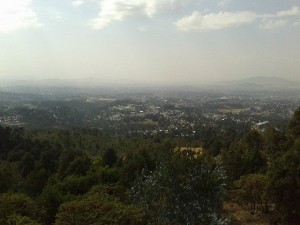
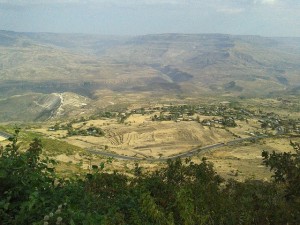
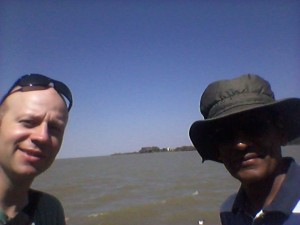
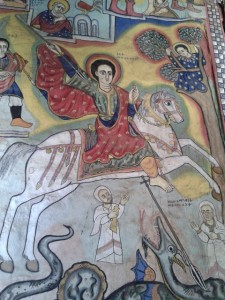
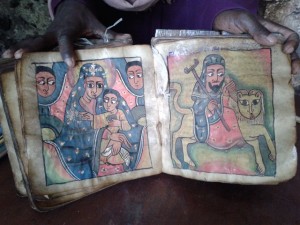
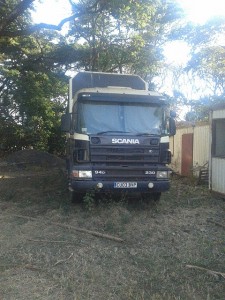
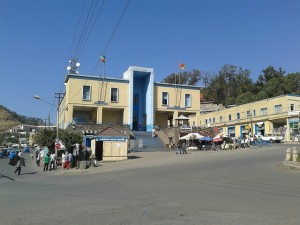
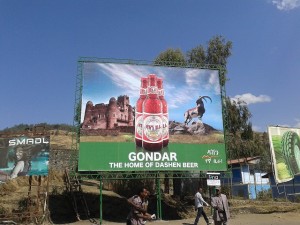
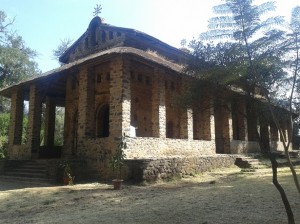
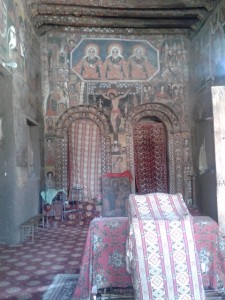
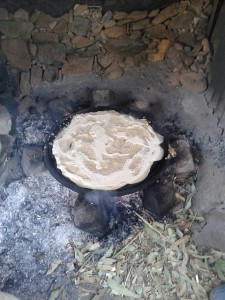
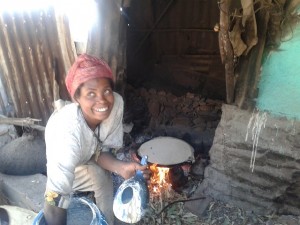
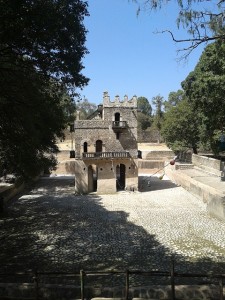
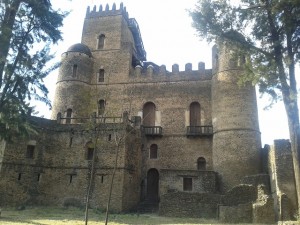
“If you can look beyond the terror, however, the scenery is spectacular, if difficult to capture by photograph” You’ve summed it up in one!